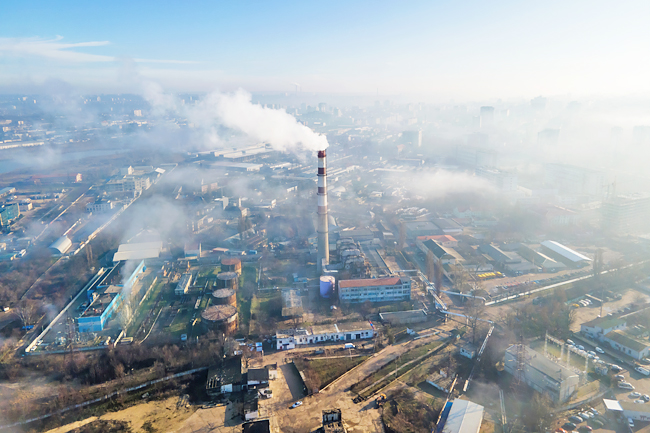Aqilah Rahman
The global energy industry was responsible for 135 million tonnes (Mt) of methane released into the atmosphere in 2022, only slightly below the record highs seen in 2019.
Today, the energy sector is the second largest methane emitter after agriculture and accounts for around 40 per cent of emissions attributable to human activity, according to the International Energy Agency’s (IEA) latest update of its Global Methane Tracker.
Methane is responsible for around 30 per cent of the rise in global temperatures since the Industrial Revolution. Compared to carbon dioxide, which can take centuries to dissipate, methane has a much shorter lifetime – around 12 years – but is a much more powerful greenhouse gas. “Our new Global Methane Tracker shows that some progress is being made but that emissions are still far too high and not falling fast enough – especially as methane cuts are among the cheapest options to limit near-term global warming,” said IEA Executive Director Fatih Birol.
According to the report, emissions in the oil and gas sectors can be reduced by 75 per cent by implementing well-known measures such as leak detection and repair programmes and upgrading leaky equipment.
To achieve this, the global oil and gas industry would have to invest around USD100 billion, less than three per cent of the income it earned in 2022. In the coal sector, more than half of methane emissions could be cut by capturing and using methane from mines.
When energy recovery is not viable, flaring or oxidation technologies could be used.

Methane emissions from fossil fuel operations rose to more than 120 Mt in 2022, slightly below the 2019 level. However, efforts to reduce methane emissions has led to a reduction in the amount of methane emitted per unit of energy produced globally. Emissions from very large leaks detected by satellite fell by almost 10 per cent in 2022 compared to the previous year. Preliminary estimates also indicate a global drop in natural gas flaring.
While the global average methane intensity of oil and gas production has fallen by five per cent since 2019, further reduction is needed and overall emissions are still on the rise.
Stopping non-emergency flaring and venting of methane is the most impactful way to mitigate emissions.
In 2022, more than 500 super-emitting events were detected by satellites from oil and gas operations. An additional 100 were seen at coal mines. Preventing and managing large leaks is a key opportunity to reduce methane emissions, said the report. The United Nations (UN) Environment Programme recently launched the Methane Alert and Response System, using satellites to detect large leaks and provide timely alerts to operators and regulators.
While large leaks are a major source of emissions, regular oil and gas operations also emit a significant amount daily. Globally, normal oil and gas operations emit the same amount of methane released as the Nord Stream gas pipeline explosion.
Efforts to stop very large leak events must be made together with measures to reduce emissions such as by replacing leaky equipment and installing emissions control devices, said the report.
“The untamed release of methane in fossil fuel production is a problem that sometimes goes under the radar in public debate,” Dr Birol said.
“Unfortunately, it’s not a new issue and emissions remain stubbornly high. Many companies saw hefty profits last year following a turbulent period for international oil and gas markets amid the global energy crisis. Fossil fuel producers need to step up and policy makers need to step in – and both must do so quickly,” added the executive director.
Launched in 2021 at the COP26 Climate Change Conference in Glasgow, the Global Methane Pledge (GMP) now has around 150 participants that have collectively committed to reduce methane emissions from human activities by 30 per cent by 2030. Countries that have joined the pledge currently account for 55 per cent of total methane emissions from human activities and about 45 per cent of methane from fossil fuel operations.
The pledge has led to developments in action against reducing methane emissions. Many countries made new and renewed commitments in 2022, including the announcement of a new GMP Energy Pathway that aims to accelerate methane emissions reductions in the fossil fuel sector.
This year’s update provides its latest estimates of emissions from across the sector using data from satellites and ground-based measurements, and the costs and opportunities to tackle these emissions.







